-
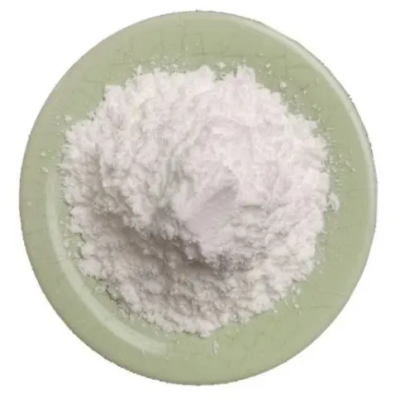
Cisplatin CAS:15663-27-1
Cisplatin is a commonly used chemotherapy agent used to treat a variety of malignancies, including ovarian, bladder and non-small cell lung cancers. It inhibits tumor development by binding to DNA and preventing cancer cells from growing and dividing. The main side effects of Cisplatin include nausea, vomiting, anemia, and impaired kidney function, so it is necessary to carefully monitor patients’ physiological markers when using cisplatin.
-
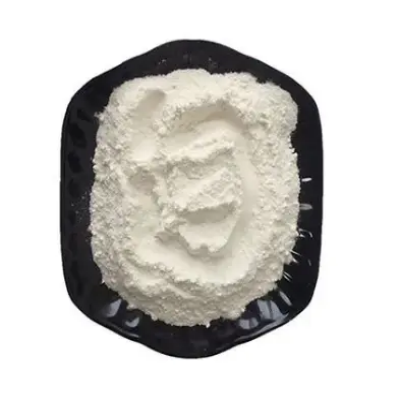
Bis(dibenzylideneacetone)palladium CAS:32005-36-0
Bis(dibenzylideneacetone)palladium, also known as Pd(dba)2, is an organometallic compound featuring palladium in the +2 oxidation state. It is widely utilized as a catalyst in various organic synthesis reactions.
-
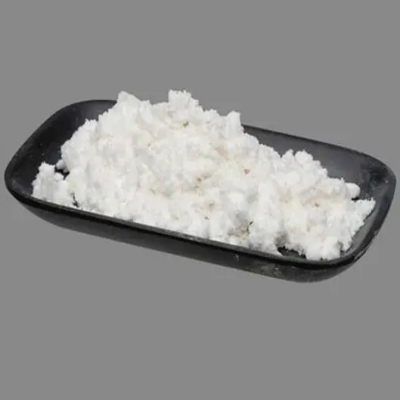
Bis(2,4-pentanedionato-O,O’)palladium(II) CAS:14024-61-4
Bis(2,4-pentanedionato-O,O’)palladium(II) is a coordination complex containing palladium in the +2 oxidation state. It is commonly referred to as palladium(II) acetylacetonate and is utilized in various chemical synthesis processes.
-
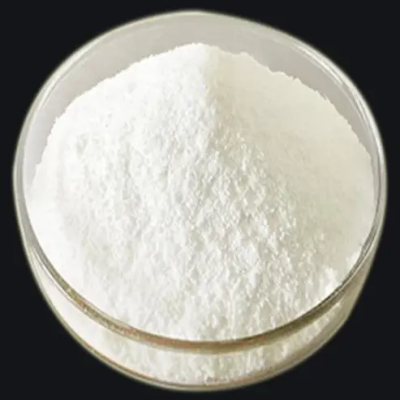
Platinum(II)-ammonium chloride CAS:13820-41-2
Platinum(II)-ammonium chloride is a compound comprising platinum ions coordinated with ammonium chloride. It is commonly utilized in chemical synthesis and research.
-
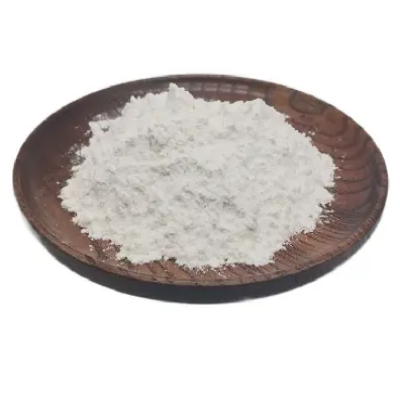
dipotassium tetrachloroplatinat CAS:10025-99-7
Dipotassium tetrachloroplatinate is a compound composed of potassium ions and tetrachloroplatinate anions. It is commonly encountered in chemical synthesis and research laboratories.
-
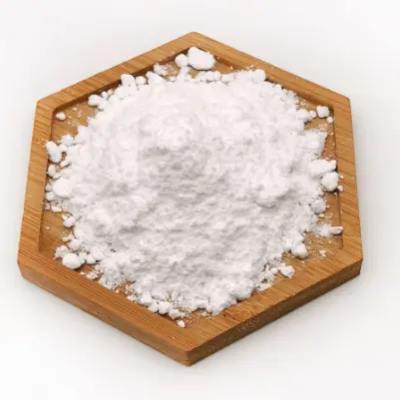
Diamminedichloropalladium CAS:13782-33-7
Diamminedichloropalladium is a coordination complex of palladium with ammonia and chloride ligands. It is commonly used as a catalyst in organic synthesis due to its ability to facilitate various reactions, including coupling reactions such as the Heck reaction and Suzuki coupling. Its structure consists of a central palladium atom surrounded by two ammonia molecules and two chloride ions.
-
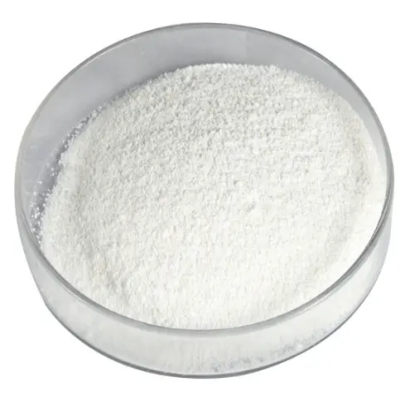
P-chloro mandelic acid CAS:492-86-4
P-Chloro Mandelic Acid, also known as para-chloromandelic acid, is a chemical compound with the molecular formula C8H7ClO3. It typically appears as white crystalline needles or powder and exhibits solubility in various organic solvents. This compound is notable for its chlorinated structure and is utilized in diverse chemical processes.
-
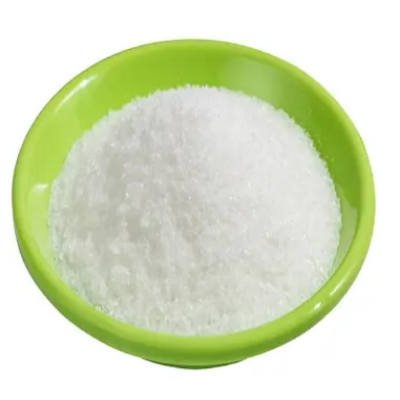
Dichloro(1,5-cyclooctadiene)palladium(II) CAS:12107-56-1
Dichloro(1,5-cyclooctadiene)palladium(II) is a coordination complex containing palladium in the +2 oxidation state, coordinated with two chloride ions and a 1,5-cyclooctadiene ligand.
-
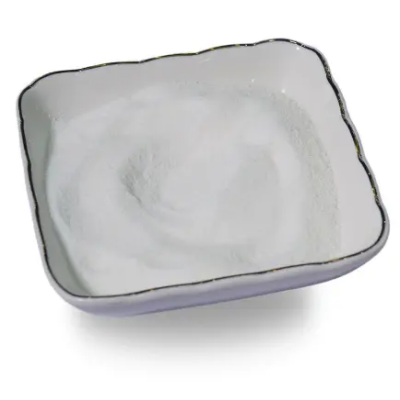
Palladium CAS:7440-05-3
Palladium is a rare and lustrous silvery-white metal belonging to the platinum group of metals. It is known for its exceptional catalytic properties, high melting point, and resistance to corrosion. Palladium is widely used in various industrial applications, including catalytic converters in vehicles, electronics manufacturing, jewelry production, and chemical processing. Its unique properties make it a valuable material in the automotive industry for reducing harmful emissions from vehicles. Additionally, palladium is used in the production of dental alloys, watchmaking, and as a catalyst in the synthesis of pharmaceuticals and fine chemicals. Its versatility and reliability have made palladium a crucial element in modern technology and manufacturing processes.
-
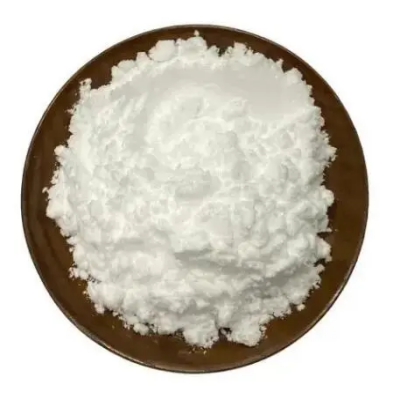
3-Hydroxy-2-Methyl Benzoic Acid CAS:603-80-5
3-Hydroxy-2-Methyl Benzoic Acid, also known as salicylic acid, is a chemical compound with the molecular formula C8H8O3. It exists as white crystalline needles or powder and is slightly soluble in water. This compound is widely recognized for its medicinal properties and various industrial applications.
-
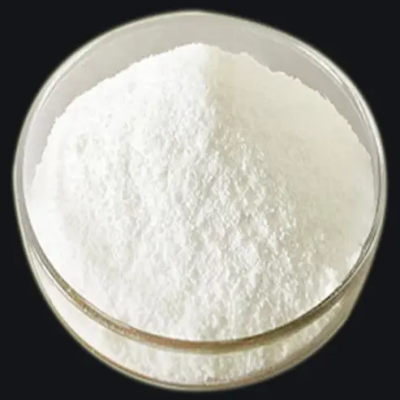
1,1 bis(di-isopropylphosphine)ferrocene palladium dichloride CAS:215788-65-1
1,1-Bis(di-isopropylphosphine)ferrocene palladium dichloride is a coordination complex widely used in organometallic chemistry as a catalyst. Its structure consists of a central palladium atom coordinated to two chloride ions and two 1,1-bis(di-isopropylphosphino)ferrocene ligands. This complex is valued for its ability to catalyze various organic transformations efficiently.
-

(R)-(-)-Mandelic acid CAS:611-71-2
(R) -(-)-Mandelic Acid, also known simply as mandelic acid, is a chemical compound with the molecular formula C8H8O3. It typically presents as colorless crystals or white powder and is soluble in water and organic solvents. This compound is notable for its chiral nature, existing as two enantiomers, (S)-(+)-mandelic acid and (R)-(-)-mandelic acid. It is commonly found in nature and is synthesized for various industrial and pharmaceutical applications.

